I'm converting an application from Access to SQL Server 2014. One of the capabilities of this tool is to allow users to create ad-hoc SQL queries to modify delete or add data to a number of tables.
Right now in Access there is no tracking of who does what so if something gets messed up on accident, there is no way to know who it was or when it happened (it has happened enough times that it is a serious issue and one of many reasons the tool is being rewritten).
The application I'm writing is a Windows application in C#. I'm looking for ANY and all suggestions on ways this can be done without putting a huge demand on the server (processing or space). Since the users are creating their own queries I can't just add a column for user name and date (also that would only track the most recent change).
We don't need to keep the old data or even identifying exactly what was changed. Just who changed data and when they did. I want to be able to look at something (view, table or even separate database) that shows me a list of users that made a change and when they did it.


